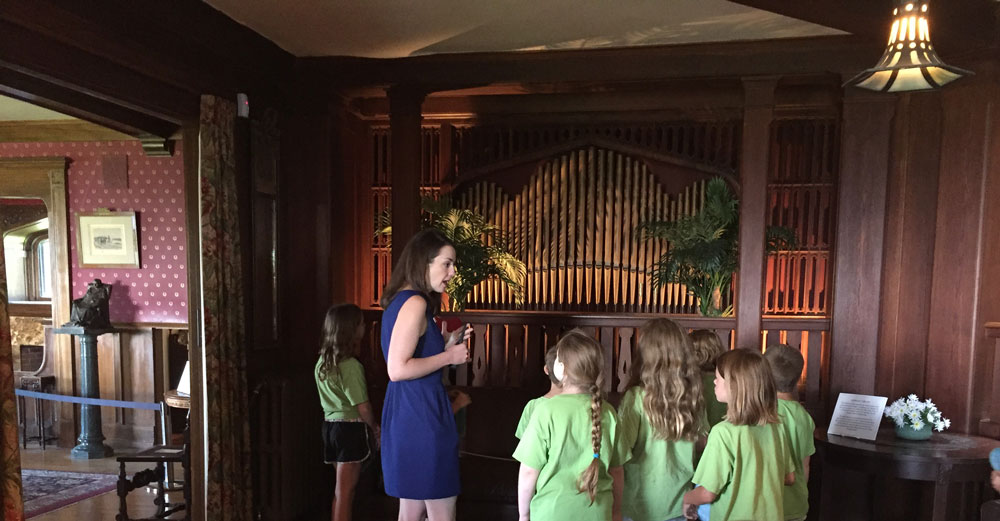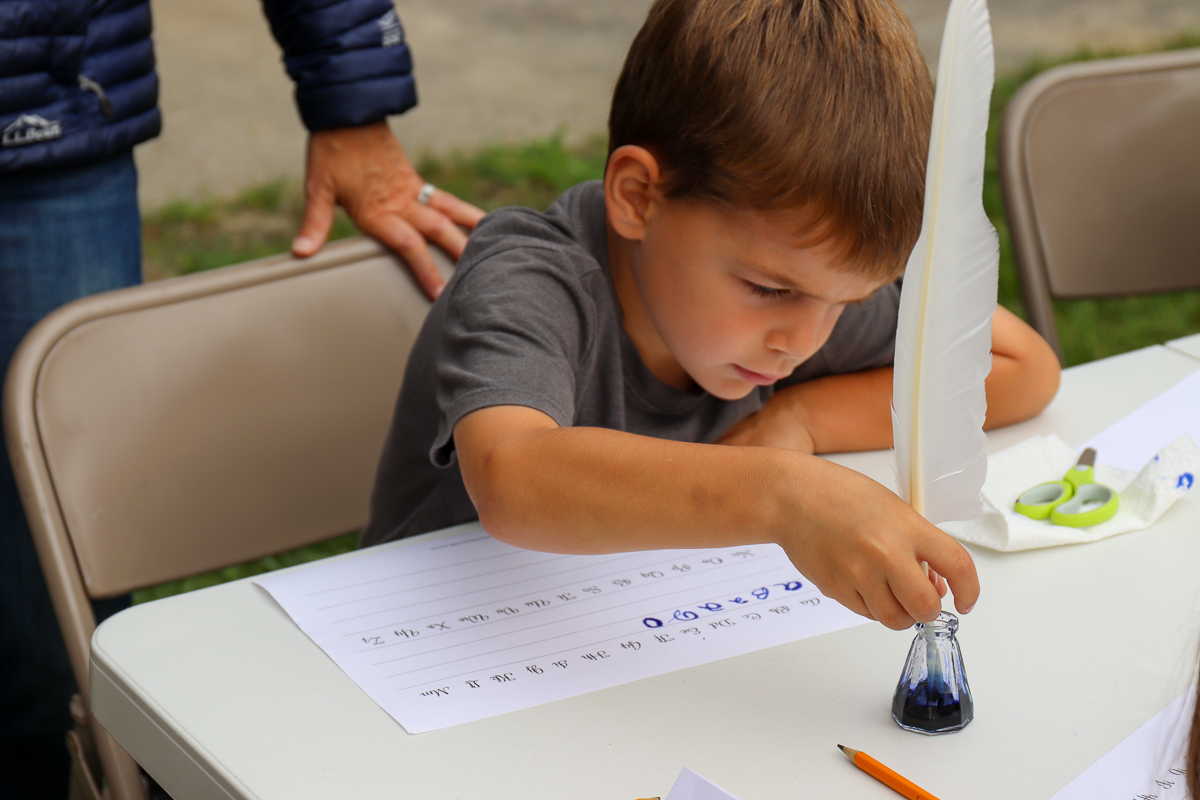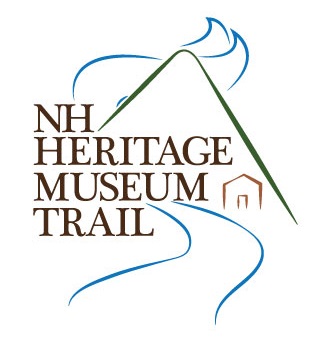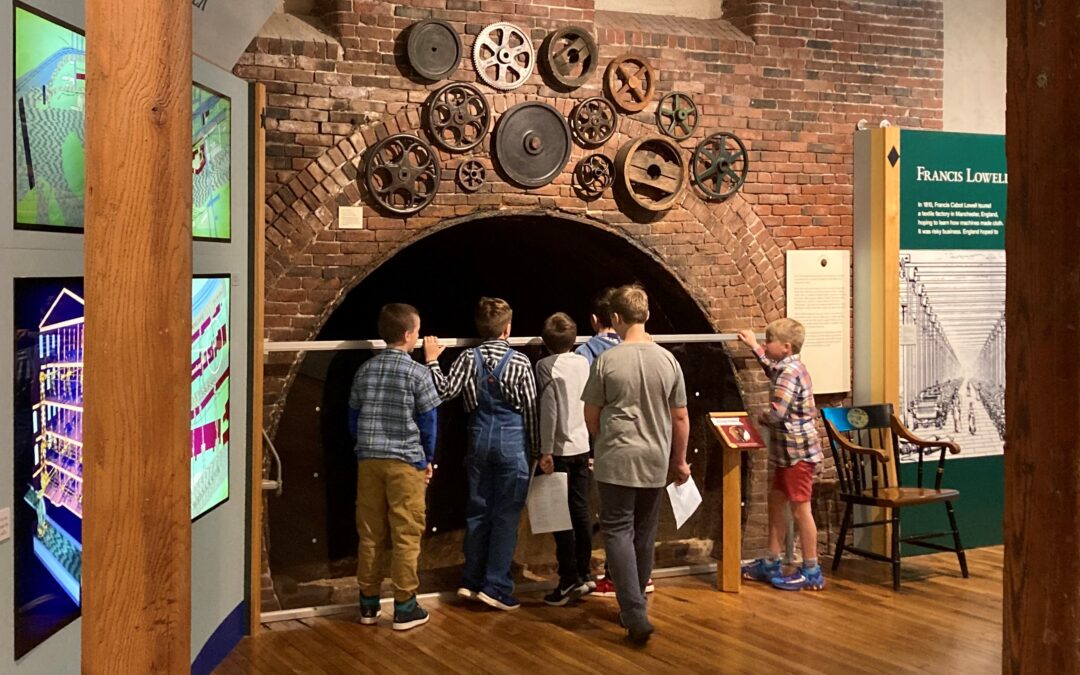Field Trip at Millyard Museum
While not the official motto of the New Hampshire Heritage Museum Trail, “bringing history to life” is one of the most important objectives behind field trips and education programs offered by many member institutions.
“Field trips and on-site education programs provide highly entertaining, interactive educational experiences that enhance classroom learning,” said Jeff Barraclough, President of the New Hampshire Heritage Museum Trail and Executive Director of member Millyard Museum in Manchester. “The Trail’s educational programs are relevant for any subject—from science, literature, and language to social studies, mathematics, and art.”
Noting the Millyard Museum’s programs are adaptable for grades K-12, Barraclough said they explore a wide variety of topics, some of which include Native People, early European settlement, waterpower, and immigration. “Each museum on The Trail provides unique perspectives and insights on New Hampshire’s history,” he added.

Field Trip at Castle in the Clouds
In addition to their longstanding field trip options, Charles Clark, Executive Director of Castle in the Clouds in Moultonborough, said they recently developed Castle in the Classroom in which staff will visit schools.
“Students can learn about bias and perspectives, leading to either a classroom debate or the creation of a newspaper-style article with one program,” he explained. “In another program, students engage in a STEM activity and learn about innovation and the design process.”

Child in a Homeschool Program at AIM
According to Jennifer Carr, Executive Director of the American Independence Museum (AIM) in Exeter, critical thinking is the primary takeaway for students who engage in their field trips and educational programs. She cited AIM’s 3-year We Are One organizational theme as a conceptual guidepost in their current educational offerings.
“Given the divisiveness of today’s political climate, we encourage kids of all ages to think critically and to hopefully recognize that what makes each of us different also makes us the same,” she said. “Diversity is a complicated subject—and the earlier we start, the better.”
In reflecting on the educational role of The Trail in New Hampshire, Barraclough said member institutions collectively interpret more than 300 years of New Hampshire history.
“We have hundreds of thousands of artifacts in our collections and welcome more than 200,000 visitors annually,” he said. “Whether people realize it or not, The Trail is largely responsible for not just preserving history in the state, but bringing it to life for young people of all ages.”
Totaling nearly 2-dozen, member institutions on the New Hampshire Heritage Museum Trail are located in New Hampshire’s Lakes Region, Merrimack Valley, and Seacoast

